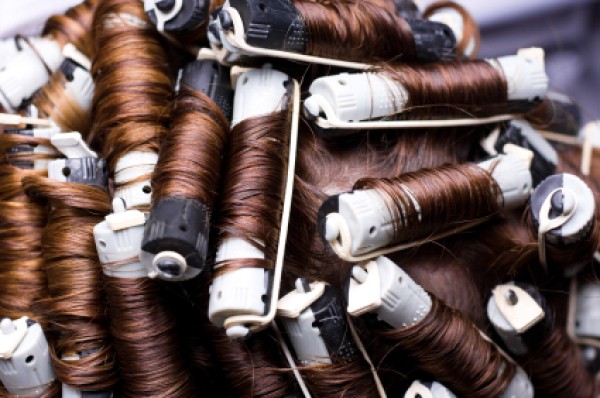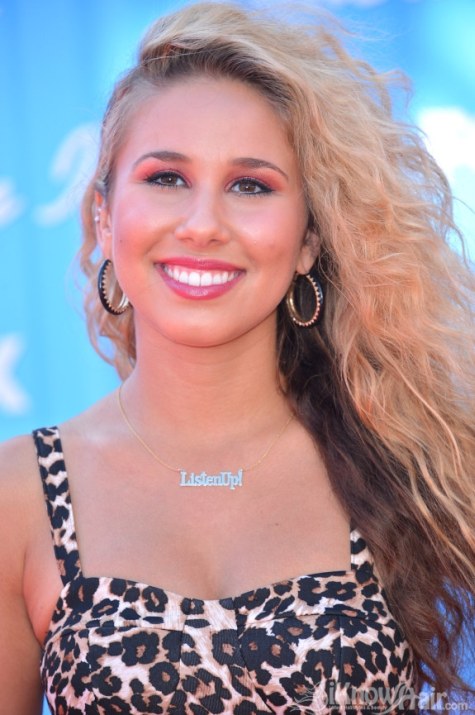Table Of Content

Nessler had moved to London in 1901, and during World War I, the British jailed Nessler because he was German and forced him to surrender his assets. He escaped to New York City in 1915, buying passage on a steamship under an assumed name. In New York, he found that hundreds of copies of his machine were in use, but most did not work well and were unreliable. Nessler opened a shop on East 49th Street, and soon had salons in Chicago, Detroit, Palm Beach, Florida and Philadelphia. Nessler also developed a machine for home use that was sold for fifteen dollars.
What Are Different Perming Methods?
Depending on the look they want, they may also want to wait and let their hair grow out. If they are someone who has a short or extremely layered hairstyle, a perm can be difficult to achieve. Your words of advice can keep them from damaging their hair irreversibly or making a permanent style mistake. A perm (short for the word ‘permanent’) is the hairstyling process used to change the texture of hair to a curlier or wavier texture. In other words, it can be used to transform straight hair into bouncy, fun curls or relaxed stylish waves. Sometimes called a reverse perm, or a Japanese straight perm, this technique uses a strong base like potassium hydroxide (KOH) to break the cysteine bonds in hair, which removes the curl.
Types of Perms
Straighter and smoother at the root, a stack perm lets the party live at the ends, like Lara explains, where along with the right haircut, it provides an effortless shape to the hair. Inconsistency in the curl size is what makes it look so effortless and natural. A root perm can be viewed in a certain light as a kind of spot perm. It involves perming only the roots of the hair, or the first two to four inches from the scalp. Because this kind of perm is done close to the scalp, it can only be done using the cold method or ‘ceramic’ method of perming hair. "Curls, whether natural or chemically treated, need moisture," she says.
Do Perms Work In The Texture Of Every Hair?
Perm Basics involve chemically altering your hair’s keratin structure, creating those luscious curls. Modern perms come in various techniques, from classic cold waves to exothermic methods, giving you the freedom to choose the style that suits you best. What if you could have gorgeous, bouncy curls or waves without frying your locks? By combining smart techniques with gentler formulas, today’s perms shape hair without damage.
We love this simple, effortless look, adorned with just a barrette. We also love the addition of the ombré ends, which further accentuates the layers. It’s a universal treatment for anyone looking to reverse dryness. Even if there’s a new kind of perm every two years, it looks like contemporary images of the once-dated style have made it fashionable again. We may earn commission from links on this page, but we only recommend products we love. Mutasim is a published author and software engineer and beard care expert from the US.
What Are the Types of Perms?
Perms and the products used to achieve them have come a long way. With advances in the chemistry behind producing the solutions used for perms there has been positive evolution in maintaining the integrity of the hair through a perming service. In this comprehensive guide we will walk you through the different types of perms and how they look and affect your permed hair. To maintain your perm, it’s important to use the right hair care at home.

Curly Waves
The beauty of a perm is that it is customizable for the individuals expectations and needs. There are various “wrap patterns” that can be utilized to create the desired result of each individual client. Read on to learn about all the available perms and which perm will be right for you. According to Corbett, the hair should be long enough to wrap around a roller.
Do Perms Damage Your Hair?
Pull a thin strand of hair at the top of the back section taut, apply an end paper, and roll it up using a rod just like you did with your hair in the middle section. Then repeat with another thin strand of hair just underneath that rod. Keep rolling your hair up in rods until you get to the bottom of this section. Then, undo the bun in front of your ear and repeat the process with that section of hair. Do the same thing on the other side of your head so all of your hair is wrapped up. Now, tuck a thick strip of cotton underneath the rods along your hairline to protect your skin from the perm solution.
The next step is to neutralize the chemicals in the hair so that they cannot continue to break down the disulfide bonds. This is done by rinsing the hair with a solution of water and baking soda. After the hair has been soaked in the chemical solution, it is wrapped around curlers and left to process for anywhere from 20 minutes to an hour. This adds the magic of straightness and smoothness to your hair. A volume perm adds a super amount of wave and volume to your hair.
Newborn baby looks 'middle aged' with full mop of hair and 'womb perm' - The Mirror
Newborn baby looks 'middle aged' with full mop of hair and 'womb perm'.
Posted: Thu, 14 Mar 2024 07:00:00 GMT [source]
Here are a few expert-recommended products to help care for your curls and extend the life of your perm. After processing the neutralizing agent, your stylist will carefully and gently unwrap the rods. They'll apply the remaining amount of neutralizing solution in the hair and carefully work it through. After that is processed for a few minutes, a final rinse completes the perm process. If you have curly or wavy hair, a straight perm can help to tame your locks and give you a sleek, polished look. They can also be a good option if you have straight hair and you’re looking for a modern perm that will give you a more natural, effortless look.
The chemical process will change you hair's structure and texture until it grows out, which typically is a few months to a year for most guys. A perm is a technique when a designer uses chemical products to alter the structure of your hair into a continuous wave or curl. A perm (short for ‘permanent hairstyle’) Allows you to change your hair structure, mostly by utilizing chemical substances to disrupt links that determine your natural hair texture such as straight or wavy.
Apart from portable models which became available later, some system of support was necessary for the curlers. At first these were fixed to the ceiling, but these were soon replaced by a machine that was universally adopted. A vertical metal pipe held a circular unit, called a "chandelier" from which the heaters were suspended. The bottom of the pipe was mounted on a base with wheels which enabled the device to be moved easily between clients or to one side of the salon.
Beyoncé also reveals that she limits the damage she does to her natural hair by making color the only chemical process she puts it through. She tries to limit excessive heat-styling, too, although we do see her getting her hair straightened to a stunning shine, followed by curling with rollers and an iron. In 1938, Arnold F. Willatt invented the cold wave, the precursor to the modern perm.[12] It used no machines and no heat. The hair was wrapped on rods and a reduction lotion containing ammonium thioglycolate was applied. This chemical breaks open the disulfide linkages between the polypeptide bonds in the keratin; the protein structure in the hair. The disulfide bonds give hair its elasticity, and can be reformed with chemicals.
After experiencing the evolution of perms over the decades, you find yourself at an exciting crossroads. Though the process seems daunting, arm yourself with knowledge – from chemical compositions to ideal hair types, modern low-maintenance styles and proper aftercare. Chemical damage on top of chemical damage is going to leave your client’s hair a fired, frizzy mess that is fragile and hard to work with. It is worth taking the time to properly care for and restore one’s hair before moving on to the next hair style. Your client might even want to talk to you about deep conditioning treatments that might help prepare their hair.
And speaking of the roots, be careful not to pile on too much product at the top of your head- this can weigh down your hair and make it look greasy. First of all, perms can damage your hair, making it dry and brittle. Second, you may want to consider doing a protein treatment before you perm, as this can help to strengthen your hair and prevent damage. Similarly, if you use a lot of styling products or heat-based styling tools, this can also shorten the lifespan of your perm. Fortunately, washing permed hair is not much different from washing any other type of hair.

No comments:
Post a Comment